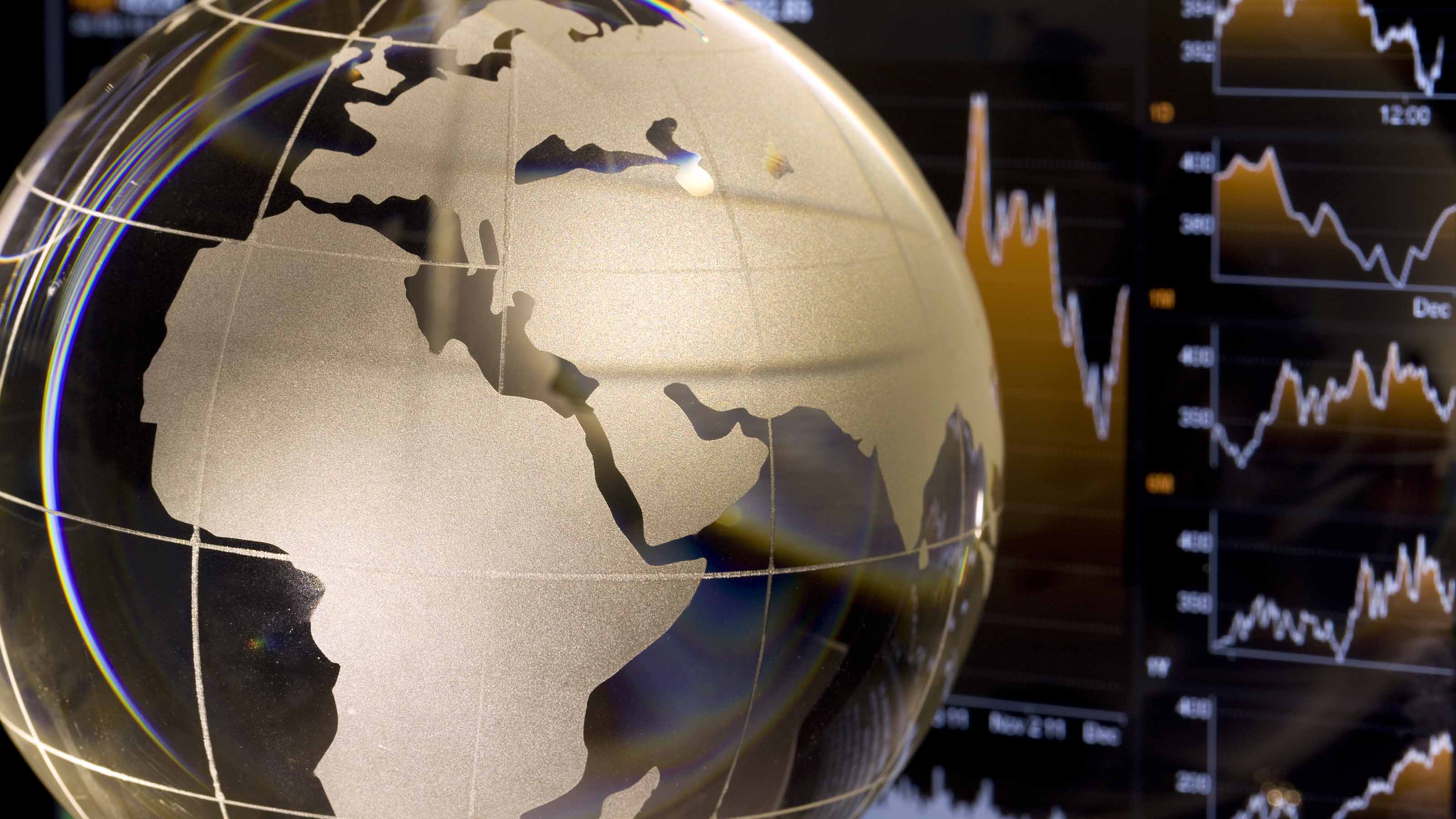An Investment Poised to Benefit from Infrastructure Spending
iShares Global Infrastructure joins the Kiplinger ETF 20, bringing steady income and rising dividends to the mix.

Europe’s economy was hobbling even before Britain voted to go its own way last June. Now, the eurozone may have even less spring in its step. Estimates for economic growth and corporate profits in the region have been sliding. Although some countries may fare well in this climate, it may not be the best time to invest in an exchange-traded fund that covers wide swaths of stocks across the pond.
That’s why we’re removing WisdomTree Europe Hedged Equity (symbol HEDJ) from the Kiplinger ETF 20. Over the past year, the fund posted a modest loss of 1.4%. That crushed rivals such as iShares Core Europe ETF (IEUR), which lost 6.1%, largely because the WisdomTree fund hedges its exposure to the euro (which has weakened against the dollar, making stocks priced in euros worth less when converted to greenbacks). But a weak euro isn’t reason enough to keep the ETF, partly because we’re not convinced that the euro will continue to slide. We see better opportunities in funds that aren’t as closely tied to Europe’s fortunes.
A more appealing ETF is iShares Global Infrastructure (IGF), which we’re adding to our lineup. The fund’s 75 stocks are mostly utilities, pipeline firms and operators of other types of infrastructure, such as shipping ports, toll roads and airports. U.S. companies account for 38% of the fund’s assets, with the remainder divided mostly among developed foreign markets. Holdings range from Transurban Group, Australia’s largest operator of toll roads, to Italy’s Atlantia, which manages Rome’s airport as well as toll roads in several countries. In the U.S., the ETF owns pipeline stocks such as Kinder Morgan, along with conglomerates such as Macquarie Infrastructure, which runs private-airport services, fuel terminals, and gas utilities in Hawaii and New Jersey.
From just $107.88 $24.99 for Kiplinger Personal Finance
Become a smarter, better informed investor. Subscribe from just $107.88 $24.99, plus get up to 4 Special Issues

Sign up for Kiplinger’s Free Newsletters
Profit and prosper with the best of expert advice on investing, taxes, retirement, personal finance and more - straight to your e-mail.
Profit and prosper with the best of expert advice - straight to your e-mail.
These aren’t fast-growing businesses. But they generate steady income and pay dividends that should climb as their revenues rise. The ETF yields 3.3%—well above the 2.2% yield of Standard & Poor’s 500-stock index. But the fund’s long-term results aren’t exactly scintillating. Over the past five years, it returned an annualized 7.0%, about half as much as the S&P 500.
But the fund has excelled lately, gaining 13.7% in the first 10 months of 2016. It could keep climbing, too, if infrastructure spending picks up, as expected. Donald Trump has indicated he aims to boost such spending by more than $500 billion after taking office in January (although he will need Congress to go along). Governments in Europe and other parts of the world may also boost spending to help jump-start weak economies.
Two drawbacks: The fund’s annual expense ratio is 0.47%. That’s high compared with ETFs that track traditional indexes, such as the S&P 500. And because utilities represent about 40% of the fund’s holdings, the ETF could suffer if interest rates were to rise sharply.
Profit and prosper with the best of Kiplinger's advice on investing, taxes, retirement, personal finance and much more. Delivered daily. Enter your email in the box and click Sign Me Up.

-
 Stocks Struggle for Gains to Start 2026: Stock Market Today
Stocks Struggle for Gains to Start 2026: Stock Market TodayIt's not quite the end of the world as we know it, but Warren Buffett is no longer the CEO of Berkshire Hathaway.
-
 Tip: Ways to Track Your Credit Card Rewards
Tip: Ways to Track Your Credit Card RewardsHere are the best strategies and apps to help you stay current with your credit card rewards.
-
 How New Investors Can Pick Their Perfect Portfolio, According to a Pro
How New Investors Can Pick Their Perfect Portfolio, According to a ProSee what Cullen Roche has to say about finding your perfect portfolio as a new investor and his two-word answer on where he thinks the stock market is headed in 2026.
-
 What Fed Rate Cuts Mean For Fixed-Income Investors
What Fed Rate Cuts Mean For Fixed-Income InvestorsThe Fed's rate-cutting campaign has the fixed-income market set for an encore of Q4 2024.
-
 The Most Tax-Friendly States for Investing in 2025 (Hint: There Are Two)
The Most Tax-Friendly States for Investing in 2025 (Hint: There Are Two)State Taxes Living in one of these places could lower your 2025 investment taxes — especially if you invest in real estate.
-
 The Final Countdown for Retirees with Investment Income
The Final Countdown for Retirees with Investment IncomeRetirement Tax Don’t assume Social Security withholding is enough. Some retirement income may require a quarterly estimated tax payment by the September 15 deadline.
-
 Dividends Are in a Rut
Dividends Are in a RutDividends may be going through a rough patch, but income investors should exercise patience.
-
 Municipal Bonds Stand Firm
Municipal Bonds Stand FirmIf you have the cash to invest, municipal bonds are a worthy alternative to CDs or Treasuries – even as they stare down credit-market Armageddon.
-
 High Yields From High-Rate Lenders
High Yields From High-Rate LendersInvestors seeking out high yields can find them in high-rate lenders, non-bank lenders and a few financial REITs.
-
 Time to Consider Foreign Bonds
Time to Consider Foreign BondsIn 2023, foreign bonds deserve a place on the fringes of a total-return-oriented fixed-income portfolio.
-
 The 5 Best Actively Managed Fidelity Funds to Buy and Hold
The 5 Best Actively Managed Fidelity Funds to Buy and Holdmutual funds Sometimes it's best to leave the driving to the pros – and these actively managed Fidelity funds do just that, at low costs to boot.